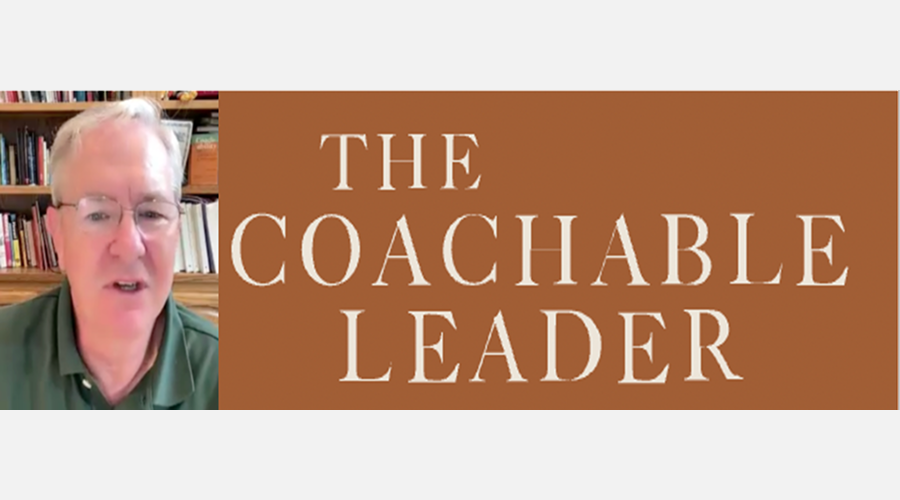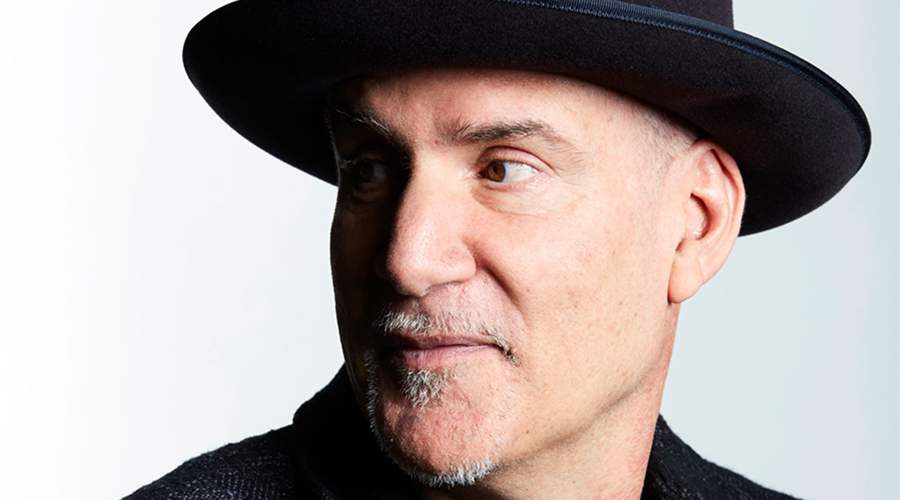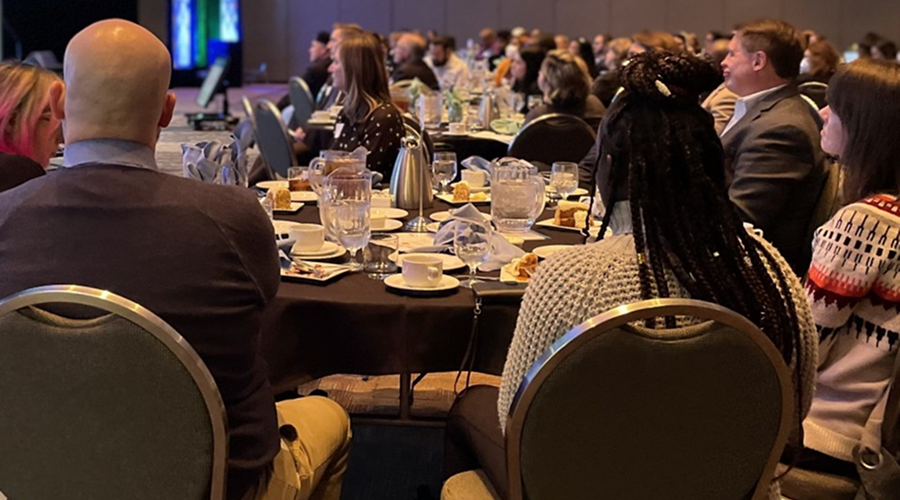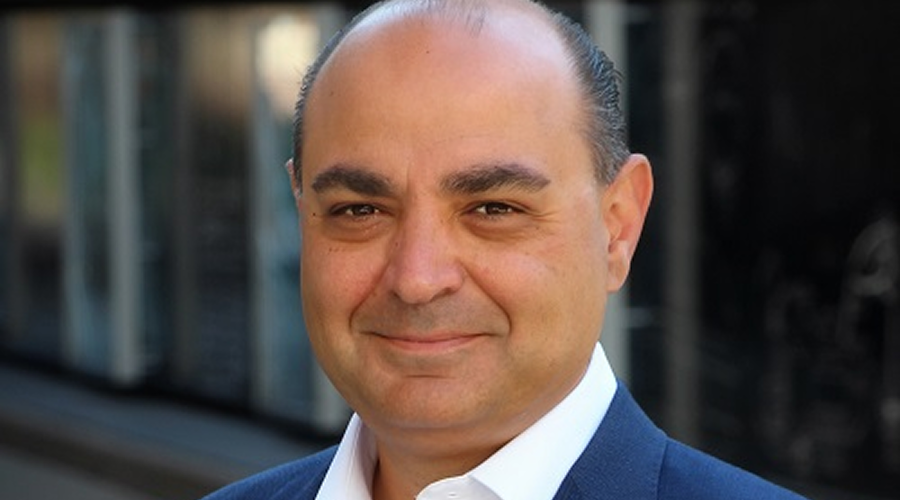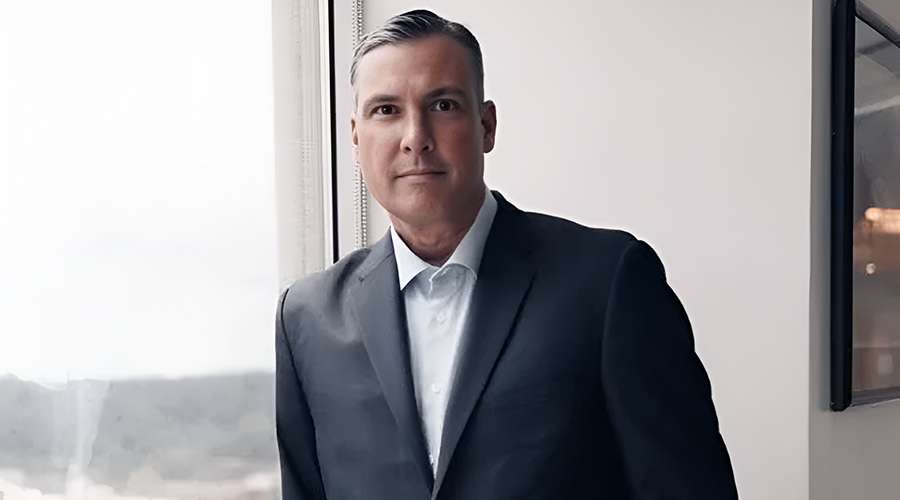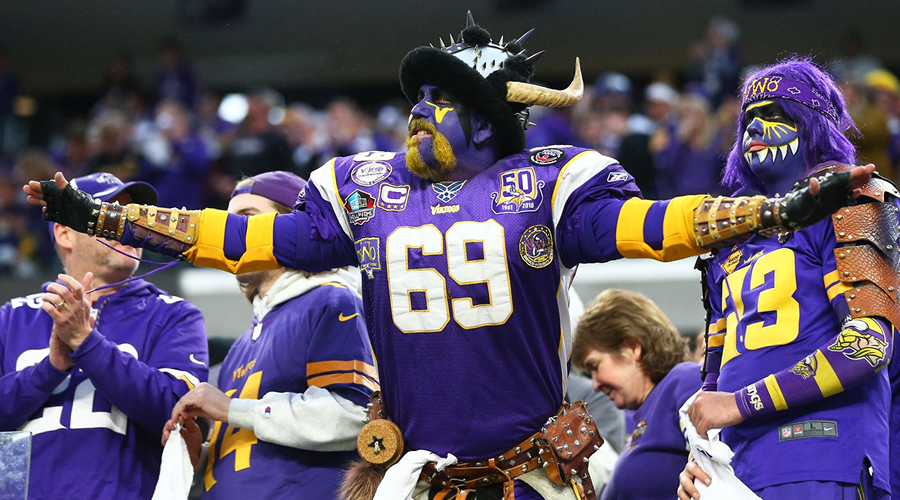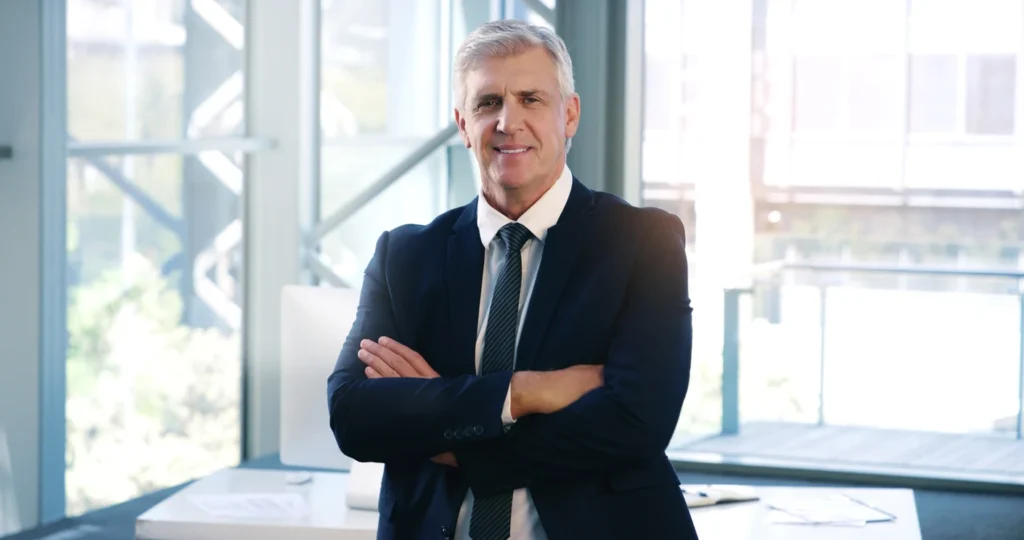EVERYTHING TO MAKE YOUR LEADERS' JOURNEY EASY!
Read the Latest News
In the current rapid business landscape characterized by digital upheaval, changing global markets, and shifting…
In the fast-paced and ever-changing landscape of business leadership, possessing the proper support network is…
In the current challenging corporate landscape, thriving companies recognize that investing in leadership training is…
By guest blogger and certified life coach, Elena Stewart You don’t need to dominate conversations…
Every workplace has untapped talent waiting for the right conditions to emerge. Sometimes it’s the…
You might go through succession planning exercises, segmenting your talent into “ready now” or “wait…
https://www.youtube.com/watch?v=8N6EWKK_P2k&t=1s&ab_channel=StephenMoss Executive Springboard mentor Peter Himmelman discusses his new book of poems and prayers and…
Eighty-four percent of Fortune 500 companies have formal mentoring programs in place. All companies within…
Contents: Introduction and history: 0:00 Mentoring’s role in professional growth 9:45 Benefits of mentoring 22:50…
I see a growing number of people with VP of Belonging titles. And it gives…
As part of an Executive Springboard mentoring engagement, an executive takes a proprietary assessment. It…
I am a reformed marketing guy, but I remain passionate about brands. Many people like…
The Catholic Church has the kind of well-defined process for succession and continuation that you…
The most common issue our mentors report executives in new positions face are team members…
Almost any time an executive joins a new company, there is a mandate to change…
By guest author Elena Stewart. Elena is a certified life coach who works with entrepreneurs…
Kevin Wilde talks about his Coachability Practices Review (CPR) assessment and how we rely on…
Executive Springboard mentor Peter Himmelman talks about his book, Let me Out: Unlock your Creative…
The NFL football season began this past weekend, and there was an interesting lesson in…
MN Crossroads Career Services leader Harry Urschel hosts his July 18, 2024 webinar featuring Executive…
For many of us, there are at least three steep climbs we make in our…
Congratulations! Your scope of responsibilities just expanded! An adjacent product line is now under your…
Executive Springboard helps leaders with their development and onboarding, so they can quickly make an…
It’s always a challenge to get your footing when you are in a new job.…
I am finishing up 6 weeks in my “winter office” on Cape San Blas, Florida.…
We are spending our 12th February on Florida’s Forgotten Coast. The story goes that it…
When many organizations talk about their commitment to Diversity, Equity and Inclusion (DEI), they talk…
Our long-held notions of what is involved in effective leadership are getting a serious relook.…
My first role as a Vice President involved a move to Canada. I was asked…
This month’s blog was guest-written by Elena Stewart. Elena made the jump from a corporate…
Early in our careers, we are taught that having an action orientation is a good…
In 1994, Margaret Thatcher spoke about her memoir The Downing Street Years to a packed…
My friend Alpetkin Aksan is a Professor of Mechanical Engineering at the University of Minnesota.…
Yale University suggests four good questions that people seeking career development should ask, as they…
I recently had a conversation with a Sr Dir of HR at Medtronic. She has…
We are living through the Great Resignation, the largest voluntary job exodus in our economic…
Let me reflect on why people become senior executives and how their station makes them…
By guest author Elena Stewart. Elena is a certified life coach who works with entrepreneurs…
I am a reformed marketing guy, but I remain passionate about brands. Many people like…
It was the lead story in June 6th’s New York Times: “Historic Shift in Labor…
My friend Don Berglund is a former CEO of a $55M health services organization. He…
Executive Springboard mentor John Keppeler shared an anecdote from his first time leading a company’s…
Congratulations on being named to the leadership team! This reflects well on your accomplishments and…
“Do you do mentoring outside of onboarding?“ I received the same question four times in…
You are faced with lots of competing options for your talent development budget. I dare…
Early childhood development usually focuses on the first five years of life. It’s in this…
In July, Bruno Dey, at the age of 93, was found guilty of 5230 counts…
You’ve been furloughed or laid off. If you received a severance package, it was not…
Most of my posts are directed towards corporate leaders. This time is different. The number…
Executive Springboard helps leaders succeed in new roles. It’s easy to call what we do…
In late March, I had a conversation with a headhunter in Silicon Valley. At a…
Doug Fulton is a VP of Marketing at Uponor, a company involved in delivering water…
I spoke to a couple groups of business owners recently on executive retention and development.…
Driving north to Mexico Beach, Florida, you leave the Eastern time zone and enter the…
One of the first signs I encountered when driving onto Cape San Blas cautioned about…
I firmly believe that internal promotions to leadership positions have far less risk than external…
Tomorrow, I will meet my half-sister, Gabrielle, for the first time. I’ve mentioned this to…
Executive Springboard helps new leaders with their onboarding, so they can quickly make an impact…
Taking a stab at a calendar for executive assimilation Here is a disconnect: Onboarding focuses…
In my parents’ day, kids learned how to swim by being thrown in the deep…
Earlier this year, I had lunch with a friend I’ll call Phil, who was looking…
I am a Minnesota Vikings fan. To be a Vikings fan is to know heartbreak.…
I want to thank Andy Halley-Wright for his advice on how to improve my website.…
I remember the morning my CEO made the announcement to the headquarters team that we…
A colleague and I were given the unpleasant job of firing a long-tenured advertising agency.…
I once presented my business’s innovation pipeline to a company president at an R&D facility.…
An executive’s skills come to the fore in a reorganization. While they make take on…
I once reported to a CEO whom I considered a friend. But circumstances intruded that…
Almost any time an executive joins a new company, there is a mandate to change…
The courtship of a C-suite executive for a position in a company is a prolonged…
For a couple decades, I lived the life of a corporate nomad — Washington DC,…
Mia Mulrennan is Chief Talent Officer for Edmentium. Prior to that, she was a consultant…
Male executives, it is a good thing that you are re-examining your own behavior when…
Congratulations, Newbie! You have just landed a corner office in a company. While you’ve been…
The chance of a failed hire is a coin flip Heidrick & Struggles conducted a…

















